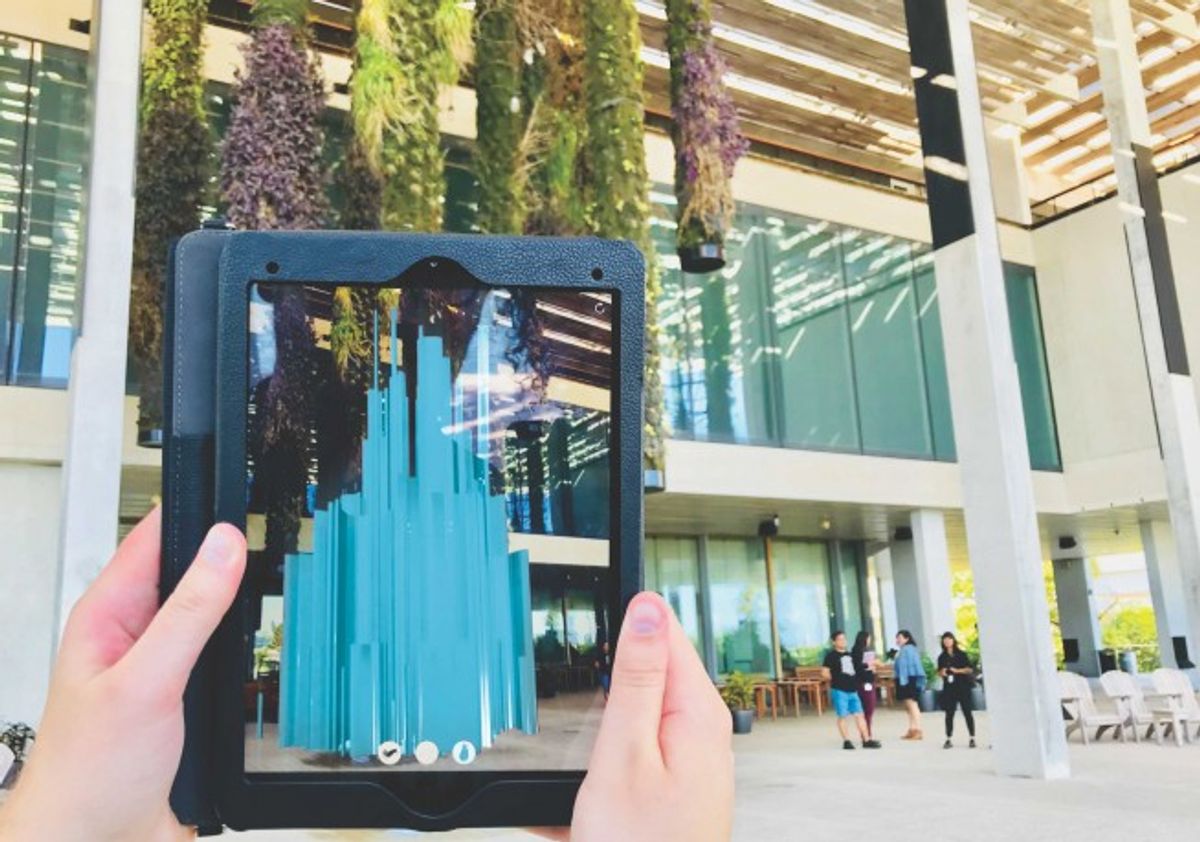Over the past two years, big galleries like David Zwirner and Gagosian have led the digital sales charge—consider Gagosian’s two temporary online viewing rooms, during Art Basel and Frieze London, which have yielded ten sales amounting to $3.3m, including works by Jonas Wood ($575,000) and Albert Oehlen (€950,000).
“Everyone seems to be embracing tools that can make things happen more quickly, more easily,” says Sam Orlofsky, a director at Gagosian. Dealers with smaller budgets, however, have found viable alternatives in FaceTime and Skype. Some say that a live walkthrough of a gallery using FaceTime can offer a more intimate experience, one that still includes the personal touch of the dealer’s voice and expertise.
Maria Varnava, the founder of London’s Tiwani Gallery, frequently builds client relationships through Skype, WhatsApp and social-media platforms such as Instagram. Steven Sacks, the owner of the tech-centred gallery Bitforms, does live walkthroughs using FaceTime and Skype for three-dimensional works. He also uses the platform Niio, a sophisticated cloud-based software, to share video work with collectors.
Yet there is a price limit to what collectors are willing to buy through a digital consultation. Orlofsky identifies it around $5m, adding that when remote viewings do result in sales, it is typically when the collector knows the artist’s work very well: “That’s 50% to 80% of the equation. Collectors have become so much more informed,” he says.
The rise of augmented reality may push the digital sales threshold further, however. Brendan Ciecko, the chief executive of Cuseum, a startup that deploys advanced technologies in institutions and art fairs to enhance engagement, says that augmented reality apps that allow collectors to hold their phone up to a wall and see the mirage of an artwork hovering there, as well as livestreaming technologies that allow users to explore a gallery, are on the horizon.
It cannot replace the live experience, Orlofsky says. “There is something a little sad about [these developments] from a romantic, connoisseurship standpoint. [But] it’s better for business. If more people are going to be transacting this way, it is silly to fight it.”


